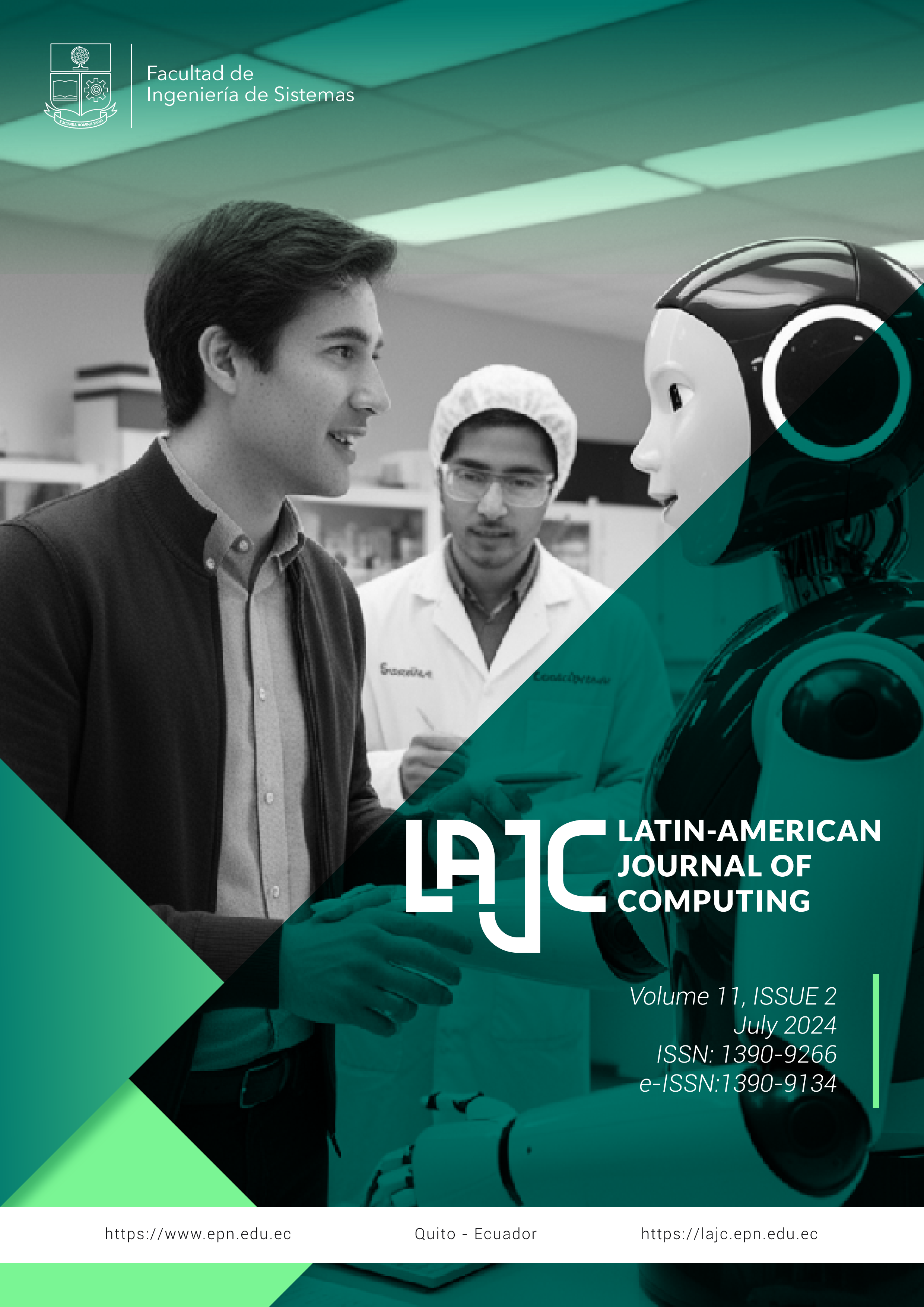Classification of Failure Using Decision Trees Induced by Genetic Programming
Keywords:
decision trees, multiclass classification, fault detection, genetic programmingAbstract
Fault classification in industrial processes is of paramount importance, as it allows the implementation of preventive and corrective measures before catastrophic failures occur, which can result in significant repair costs and production loss, for example. Therefore, the purpose of this study was to develop a classification model by merging the concepts of Decision Trees with Genetic Programming. To accomplish this, the proposed model randomly generates a set of decision trees using the adapted Tennessee Eastman dataset. The generation of these trees does not rely on classical construction logic; instead, they employ an approach where the structure and characteristics of the trees are randomly determined and adjusted throughout the evolutionary process. This approach enables a broader exploration of the search space and may lead to diverse solutions. The results obtained were moderate, largely due to the high number of target classes for classification (21 classes), resulting in the creation of complex trees. The average accuracy on the test data was 0.75, indicating the need to implement new alternatives and enhancements in the algorithm to improve the results.
Downloads
Published
Issue
Section
License
Copyright Notice
Authors who publish this journal agree to the following terms:
- Authors retain copyright and grant the journal right of first publication with the work simultaneously licensed under a Creative Commons Attribution-Non-Commercial-Share-Alike 4.0 International 4.0 that allows others to share the work with an acknowledgement of the work's authorship and initial publication in this journal.
- Authors are able to enter into separate, additional contractual arrangements for the non-exclusive distribution of the journal's published version of the work (e.g., post it to an institutional repository or publish it in a book), with an acknowledgement of its initial publication in this journal.
- Authors are permitted and encouraged to post their work online (e.g., in institutional repositories or on their website) prior to and during the submission process, as it can lead to productive exchanges, as well as earlier and greater citation of published work.
Disclaimer
LAJC in no event shall be liable for any direct, indirect, incidental, punitive, or consequential copyright infringement claims related to articles that have been submitted for evaluation, or published in any issue of this journal. Find out more in our Disclaimer Notice.










